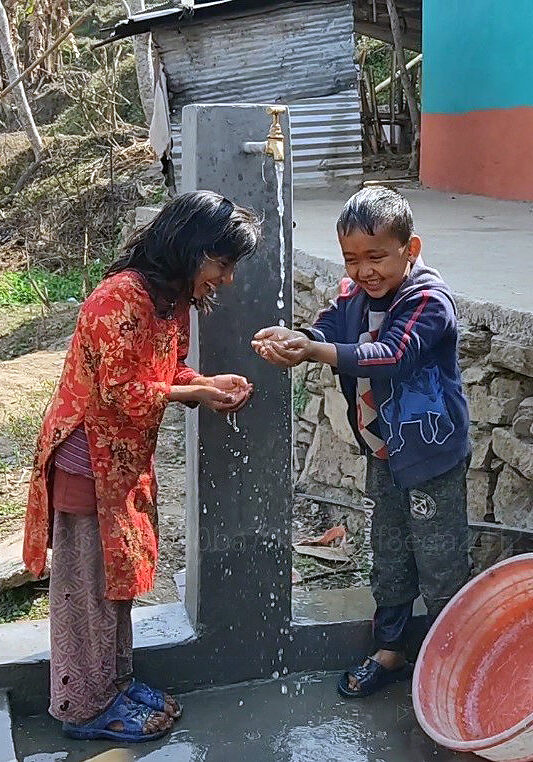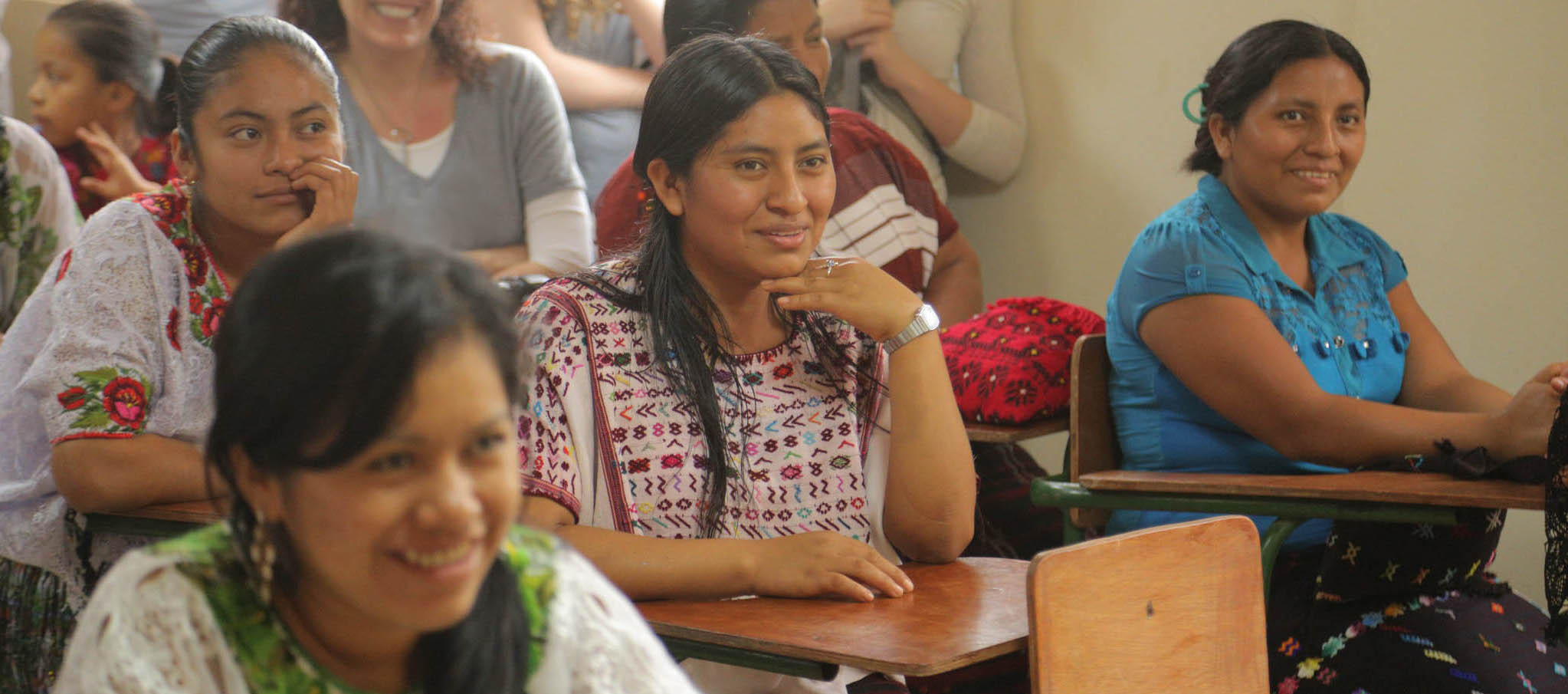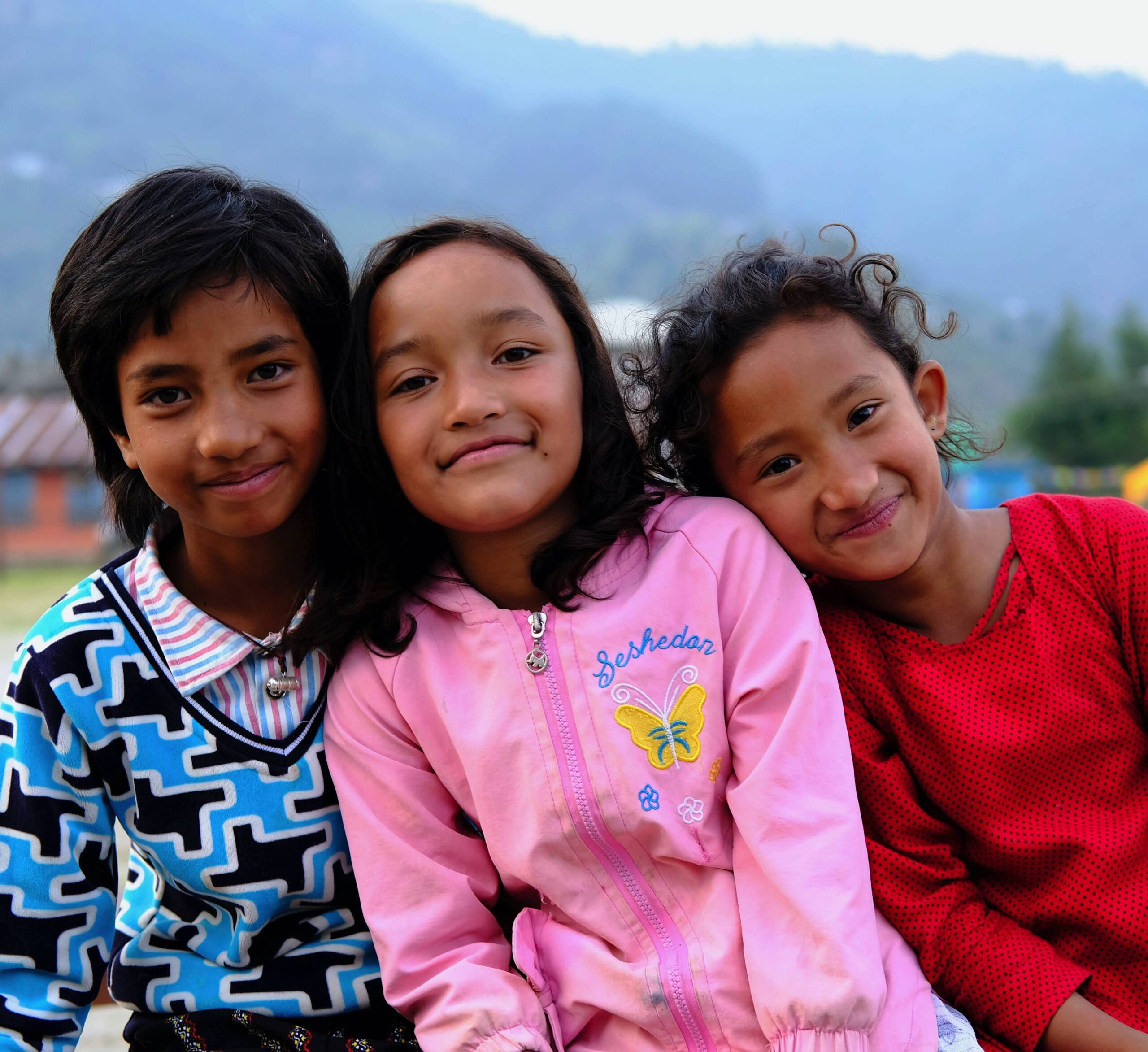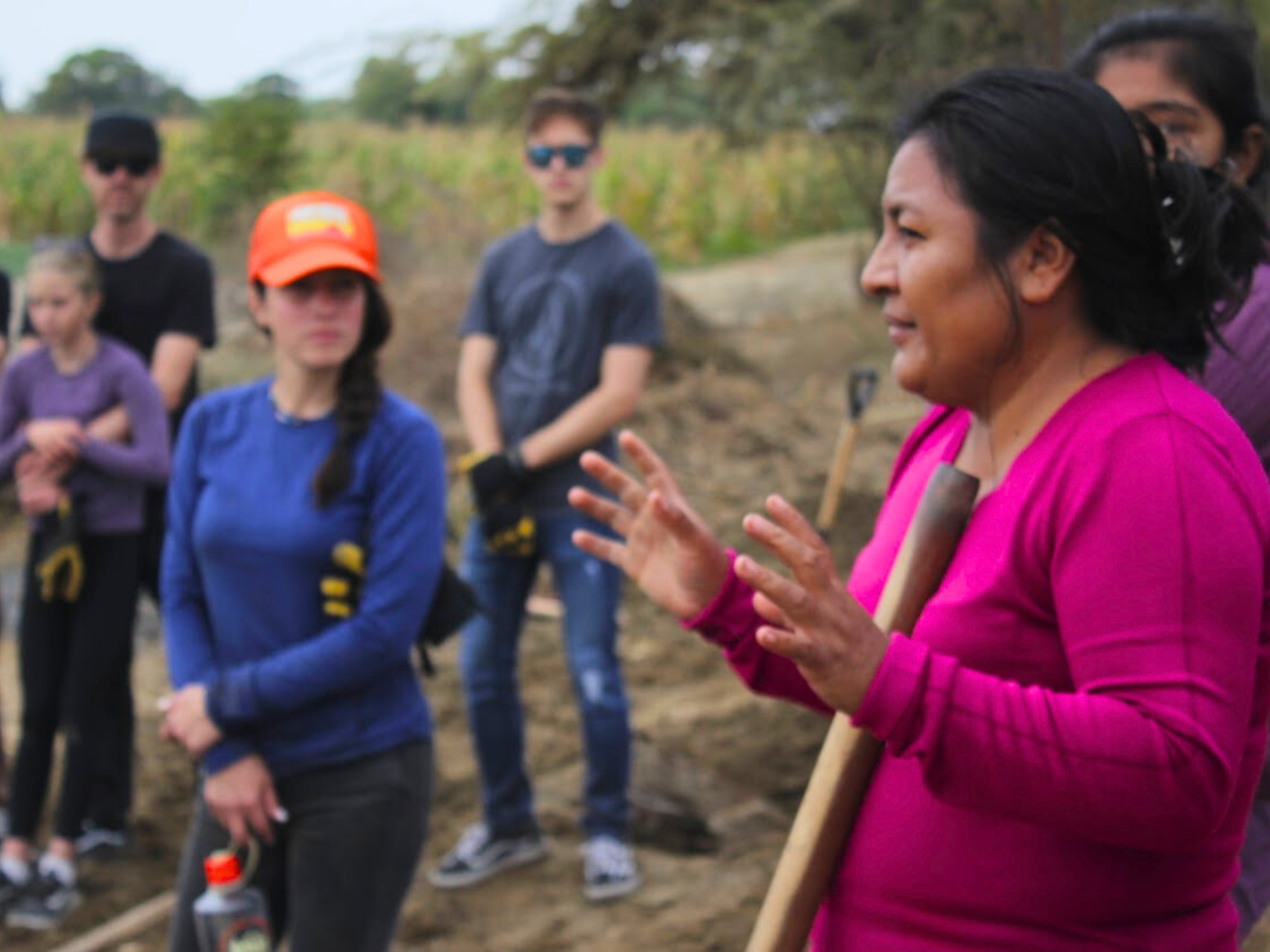We change cycles of poverty into paths of possibility.
DISRUPT WITH US.
donate to join the disruption

BE PART OF THE POVERTY SOLUTION
1.3 billion people lack clean water, nutritious food, access to healthcare, education, and more. Systems keep these conditions in place. This can be overwhelming and defeating—but at CHOICE, we don’t accept the status quo.
We collaborate with and through rural communities to identify opportunities that change circumstances and disrupt global poverty.


MEET THE CHANGEMAKERS
In the face of incredible odds, there are countless examples of inspiration and hope. Meet some of the resilient community members we work with in each of our areas of operations. Watch the video.

CREATING A BETTER WORLD
People everywhere deserve to have a path out of poverty. Find out about our work in some of the most remote, underserved regions in seven countries.


